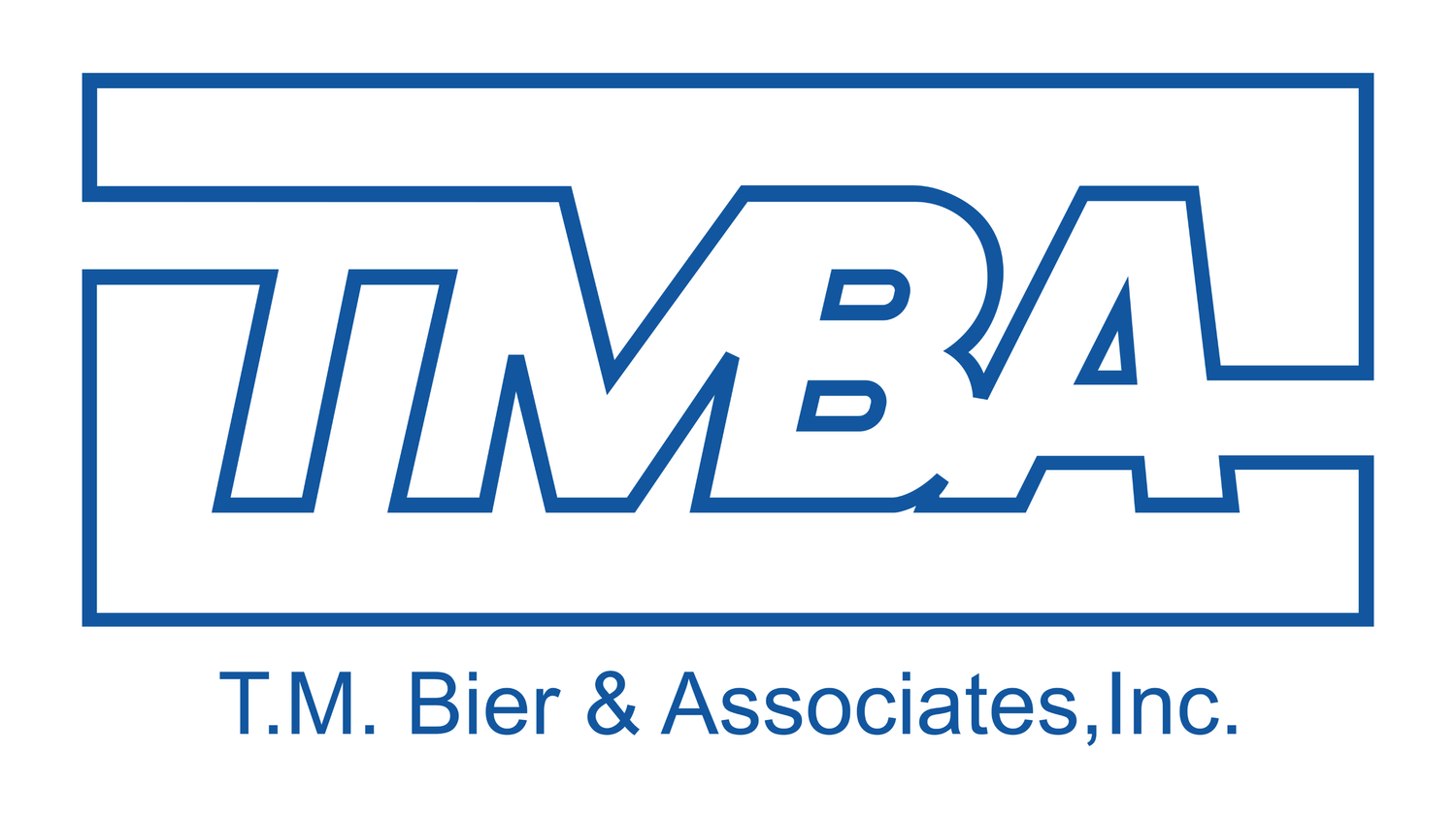Case Study: BMS Integration at Central Park Tower by T.M. Bier & Associates
Executive Summary
Central Park Tower
225 West 57th Street, Manhattan, NYC
As the tallest residential building in the world at 1,550 feet in height, Central Park Tower, located in the heart of New York City, stands as a beacon of architectural innovation. T.M. Bier & Associates (TMBA), with its extensive experience and expertise, was chosen to implement a state-of-the-art BMS to meet the unique needs of operating a building of this caliber. This case study explores the complexities, challenges, and cutting-edge solutions TMBA provided to ensure that Central Park Tower not only achieved but surpassed its operational efficiency and sustainability goals.
Project Background
Developed by Extell and constructed by general contractor Lendlease, Central Park Tower is the tallest residential tower globally. TMBA's role was to design and install a BMS that would control the building's core systems, efficiently distributing heating and cooling throughout its 98 stories. Building on our previous experience at One57, Extell’s first skyline defining tower on 57th St, our work at Central Park Tower continued to demonstrate and improve TMBA's capability to handle large-scale, high-profile installations.
Complex System Integration
The scale of Central Park Tower required multiple sophisticated mechanical systems across its 98 stories, including pressure break systems, heat exchangers, pump sets, air handlers, and ventilation exhaust systems. Each system was meticulously integrated into the BMS for seamless operation and optimal performance.
Challenges and Strategies
Central Park Tower presented unique challenges, primarily due to its towering height and the logistical constraints of installing a BMS in a skyscraper while under construction. With only a few operational elevators during construction, transporting materials, tools, and personnel became a significant bottleneck. TMBA leveraged its experience from One57 project, implementing a strategic plan that included precise scheduling and resource allocation to mitigate the impact of limited access. This approach ensured that the project remained on track without compromising safety or efficiency.
Innovative Solutions
Weather Monitoring and Energy Efficiency: Understanding the unique challenges posed by the tower's height, TMBA incorporated weather monitoring stations to assess the impact of wind and other environmental factors. This data allowed for more precise management of energy usage and operational efficiency, showcasing TMBA's forward-thinking approach to sustainable building management.
Advanced Monitoring and Alarm Systems: The BMS featured advanced monitoring, reporting, and alarm systems tailored to the building's needs. TMBA developed a user-friendly interface for the engineering team, enabling efficient management of the system's alarms and notifications. This customization ensured that the building's operations team could quickly respond to any issues, maintaining the highest safety and comfort levels for occupants.
Safety Enhancements: Safety features, including smoke purge fans in stairwells and a robust backup generator system, were integrated into the BMS. These systems provide critical functionality in emergency situations, allowing for effective smoke evacuation and ensuring continuous power to essential systems, further highlighting TMBA's commitment to building safety and resilience.
Project Completion and Lasting Impact
The transition to project closeout was managed with TMBA's hallmark attention to detail, with project manager Phil Llave overseeing the final stages to ensure a flawless finish. This phase was crucial for addressing any remaining issues and ensuring the BMS met every specification and expectation.
Central Park Tower stands as a testament to TMBA's dedication to excellence, innovation, and sustainability in building management systems. This project not only underscores TMBA's ability to navigate the challenges of integrating advanced BMS in high-rise buildings but also sets a new benchmark for future developments in urban landscapes.
Conclusion
TMBA's successful BMS installation at Central Park Tower exemplifies both the company's industry-leading capabilities and innovative approach to building management, as well as its track record and long-standing relationship with one of New York’s leading developers. By overcoming significant logistical challenges and implementing cutting-edge technological solutions, TMBA has contributed to creating a safer, more efficient, and sustainable living environment for the residents of Central Park Tower. This project solidifies TMBA's position as a key player in the future of smart building technologies and paves the way for further advancements in the field.

